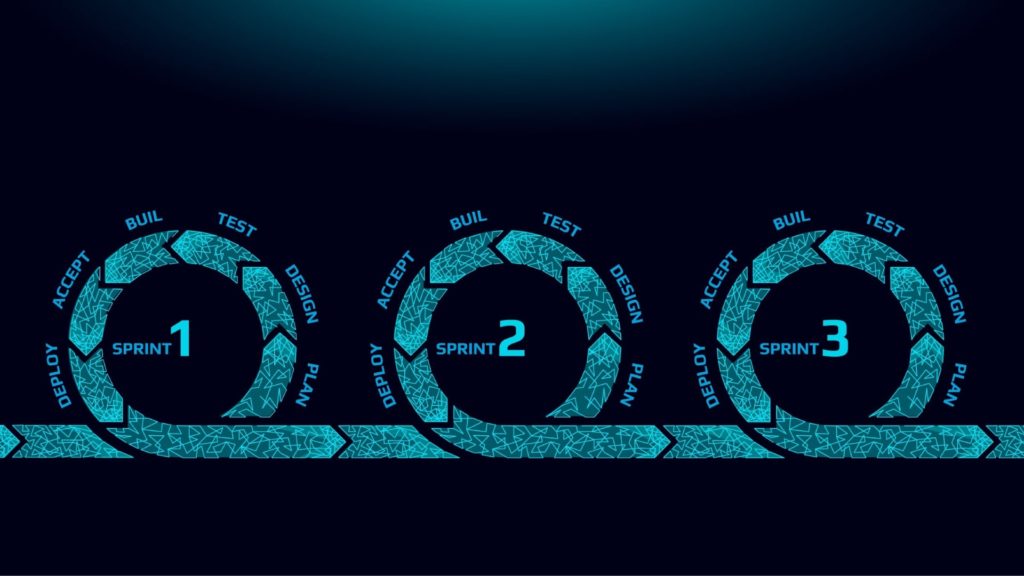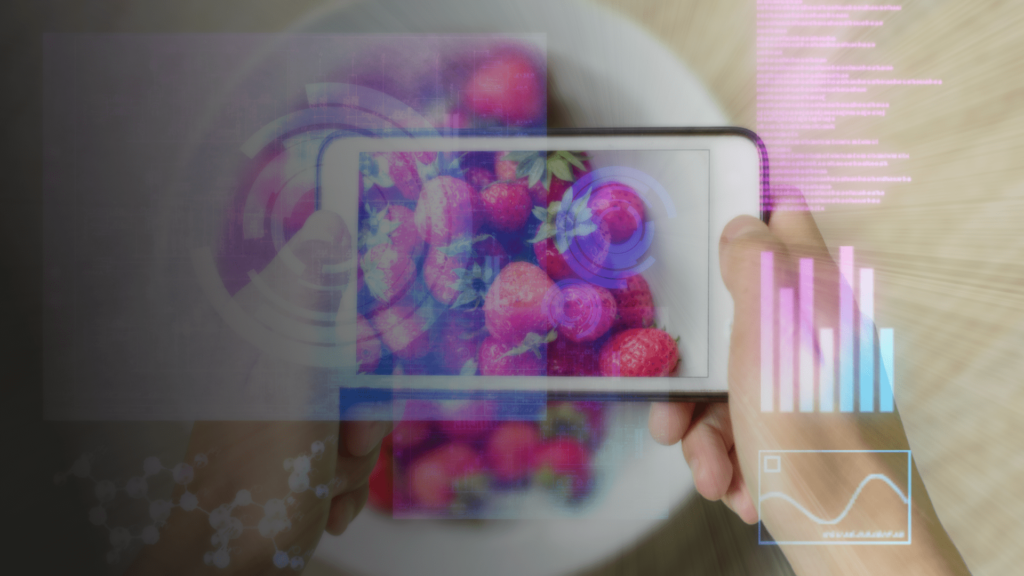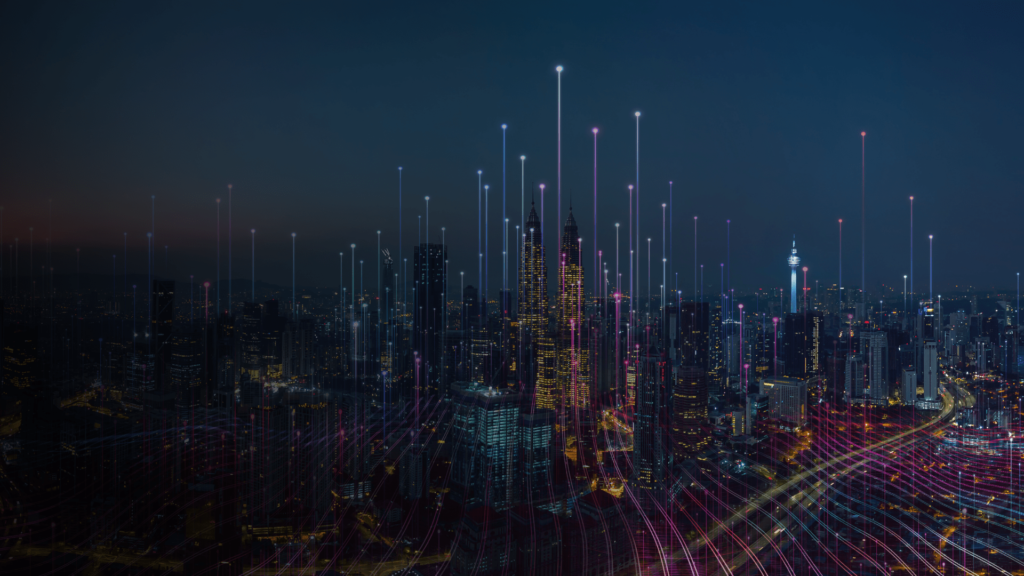Insights
More and more tech analysts, economists, and sociologists alike regard the IoT tidal wave as possibly the fourth industrial revolution. And certainly part of the solution for the current global crisis.
Since the scale of the coronavirus has become clear around the world, there has been some discussion among policymakers of whether it represents a “supply shock”, which suddenly takes components off of factory floors, or a “demand shock,” where overall consumer and business confidence drops.
Reports show that most areas of the US are seeing some kind of a supply shock and at least some uncertainty over whether demand would be strong in the future.
It’s clear that the most chilling aspect of this crisis is not the short-term economic damage it’s causing, but the long-lasting potential disruption to the supply chains. The ripple effects of this severe disruption will be felt through the global auto parts, electronics, and pharmaceutical supply chains for months to come.
That’s because the global supply chain for technology products is a vast and complex operation, spread over continents and involving many different steps in the process, depending on the individual product.
The virus will have both short and long-term ramifications, analysts show that in the longer term manufacturers will need to take the necessary steps to understand their risk exposure, including the operations of their supplier suppliers too.
“Manufacturers should not only not source components from a single supplier but also shouldn’t source from suppliers in a single location if they want to mitigate supply chain risks.” This is one of the COVID-19 key learnings, explains Michael Larner, Principal Analyst at ABI Research.
IoT vs. COVID-19
As the tech industry is more likely to face problems in the supply chain than in the manufacturing process as China restarts its engines this month, a question about which technologies could thrive in the near and distant future emerges.
“The value of digital channels, products, and operations is immediately obvious to companies everywhere right now“, says Sandy Shen, Senior Director Analyst for research firm Gartner. “Businesses that can shift technology capacity and investments on digital platforms will mitigate the impact of the outbreak and keep their companies running smoothly now and over the long term”, concludes Shen.
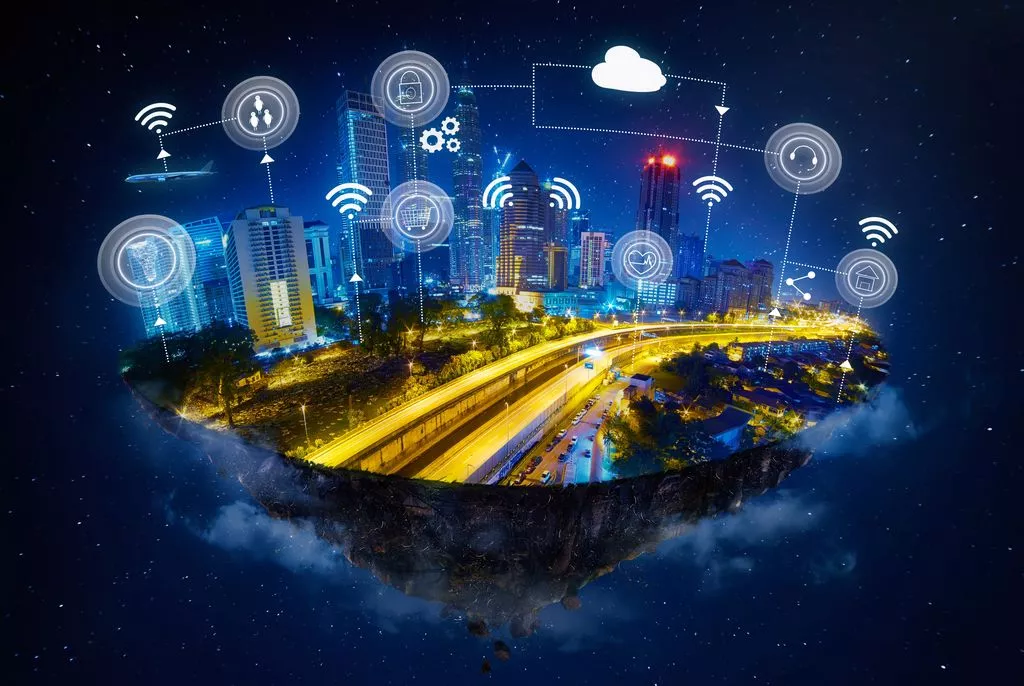
Technology is already the first line of defense in the fight against the coronavirus with the Internet of Things, Artificial Intelligence, and ubiquitous connectivity providing an early warning system to curb the spread of infectious diseases. So if a difference is to be made between a few cases, epidemic and pandemic, the first steps to be taken in infectious disease control are detection and sensors, coupled with AI and data analytics.
And if we look over the amount of money spent on these technologies, it’s worth noting that in the Asia-Pacific region China leads the way in IoT adoption followed by Japan, anticipated to spend $254.6 billion on IoT by 2025.
The 4th industrial revolution
In the last years, connected devices and sensors, robotics, immersive reality, and AI have taken over the physical world with an unprecedented level of technological sophistication.
More and more tech analysts, economists, and sociologists alike regard the IoT tidal wave as a possible fourth industrial revolution, with the aforementioned converging technologies promising to power the post-industrial economies.
Moneywise, research firm Gartner predicted more than 30 billion devices on the IoT by 2020, with product and service suppliers generating $300 billion+ in revenue. Industrial IoT will drive $177 billion in cost reductions as well. But this was before the coronavirus crisis.
The dynamic of these converging technologies is daunting, smart tech finding its way to every business and consumer domain there is — from retail to healthcare, from finances to logistics. Advances in IoT-connected biotechnology will take healthcare to the next level, with around-the-clock monitoring, targeted treatment, and even automated doses of medication.
One thing is sure: the Internet of Things is here to stay, with countless applications of the IoT and the industrial IoT that can replace humans in certain sectors or enhance the performance of many businesses.
IoT will also pave the way for increased truck driver assistance, or technology that notices fatigue or inattentiveness. While fully self-driving trucks are still at least 10 years ahead, a movement toward self-driving technology on the highway will progress in 2020.
IoT’s efficiency and safety promises will also transfer over into the supply chain, with IoT devices used to safely operate machinery and move items around on automated carts in warehouses. Businesses will expand on technology in 2020 as it is added to more products and business operations. The trend towards customer-centricity means that just as the market has come to expect updated digital experiences, it will begin to expect the same from experiences in the physical world. A conclusion becomes apparent from all these technological and economic shifts we see unfolding: a missed opportunity strategically employed by a competitor can become a long-term failure for companies that don’t innovate.
The right IoT recipe
Understanding the market and the consumers’ needs, evaluating the opportunities with deliberation, and attacking in the right place are the strategic factors to make the best out of the societal shifts arising with IoT. Harvesting the rising opportunity means bringing together sensors, connectivity, cloud storage, processing, analytics, and machine learning to transform business models and processes.
Let’s take a look at some key aspects:
- All these connected devices bring an unprecedented level of technical complexity to our world, putting extreme pressure on the IT infrastructures that need to support all these systems. At the same time, companies need to implement technology that can handle the constant stream of data generated by the IoT sensors and analyze it to get actionable insight. This translates into more efficiency.
- Security is of the utmost importance when choosing an IoT framework. The decision taken in this regard can transform the IoT from a massive security risk for an enterprise into a critical part of its success. Going with off-the-shelf platforms (such as AWS IoT Core, Azure IoT Suite, and Google Cloud IoT Core) can have its advantages, but these can be offset by the effort and cost of putting off the attackers that routinely probe for vulnerabilities. It’s a vulnerability that proprietary code, though harder to develop and maintain, does not inherit. And yes, the complexity of an IoT network presents several challenges when rolling out updates, the most significant ones being security and also user experience related.
- Choosing a framework for the IoT infrastructure is one of the early decisions and a tough one. Not everybody needs all the capacities a flexible but expensive solution brings. At the same time, the cheaper solution won’t scale well so a third path should be probed.
- A platform consisting of a collection of microservices, allowing modularity and smarter horizontal scaling of individual services should, therefore, be considered. This kind of platform decreases the complexity of deployment and the management of production environments.
A service-based solution
A critical prerequisite for an IoT platform lies in its robust and scalable structure. It should be capable enough to manage millions of concurrent device connections and allow configuration for machine-to-machine interactions, in all circumstances.
Primarily, IoT platforms are expected to perform Device Management, Data Analytics, and Integration with Enterprise IT applications. Out of all, Device Management is the most crucial, especially because it has been radically evolving, so much so that vendors are striving hard to match with the pace of Device Management’s arising needs.
Product makers need user and device management, device metrics, and product analytics. At the same time, device owners expect control over their devices via a dedicated mobile app and web interface.
With acknowledging the fact that flexibility is a must for today’s business, Tremend engineers opted for a service-oriented approach, best suited for an ever-growing list of features and the business’ need for modularity.
CloudMatix was our answer. It enables end-to-end device management by bridging raw IoT data with mobile and enterprise software solutions and empowers both device makers and users via numerous capabilities.
We made the system as modular as possible. Features can be turned on and off by simply removing services in production. Not every device vendor needs all the features at their disposal, therefore we can quickly accommodate everyone’s needs.
The connected products are managed through this platform that streamlines the operations at each lifecycle stage. Also, the end-user experience is monitored and improved by stepping up the service quality.
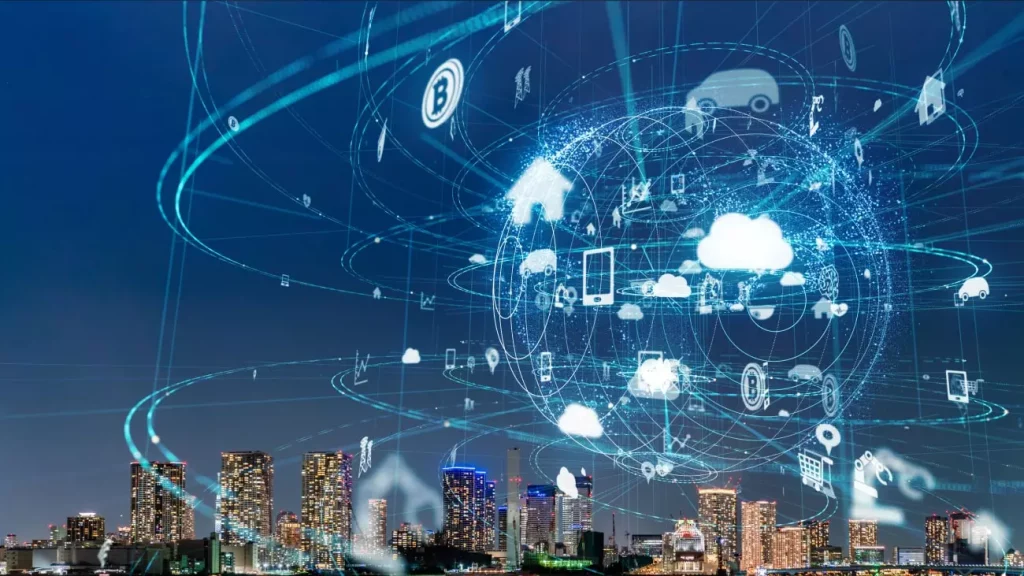
Conclusion
Businesses shifted the way they interact with customers and how they provide the consumer with a consistent experience. By integrating digital technology into all areas of a business the result is a fundamental change in how a business operates and the value it delivers to its customers.
CloudMatix gravitates around this new customer-centric paradigm. It provides the full IoT experience to the end-user and is an excellent tool for communicating to and identifying potential clients, their devices, and usage patterns.
A PaaS approach also solves another sensitive issue: the regulatory requirements. It’s a new, build-in feature that guarantees compliance with the rules and spares the company’s expense with hiring a consultancy firm.
But the strongest point of our platform remains its modularity, bringing an increase in efficiency and security and improving the overall user experience.
We can quickly expand or diminish the system with new services, depending on the vendor’s requirements. It’s an architecture that can easily integrate new code into the system as the vendors ask for custom services.
As the COVID-19 pandemic progresses, challenges engulf the global economy and so does the need for strong, versatile solutions. CloudMatix remains one of them, with its innate features demonstrating readiness and adaptability to the new challenges businesses will have to face in the months and years to come.
